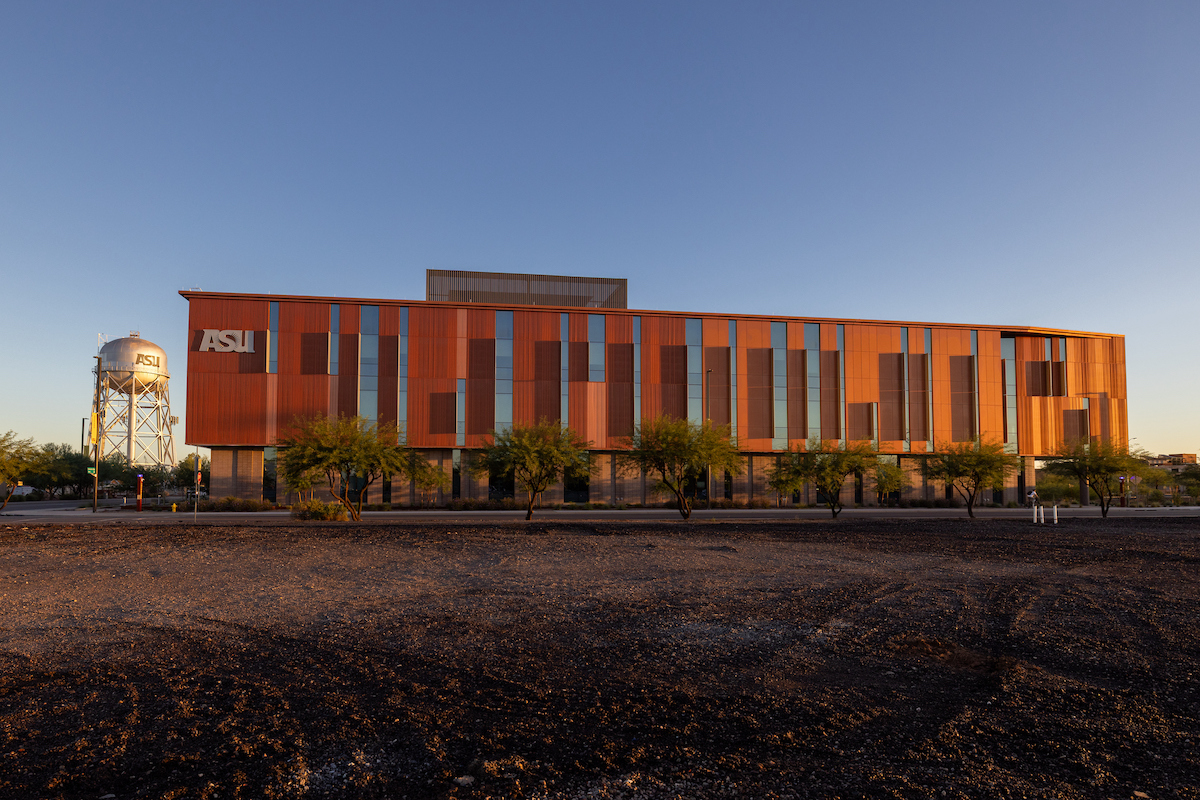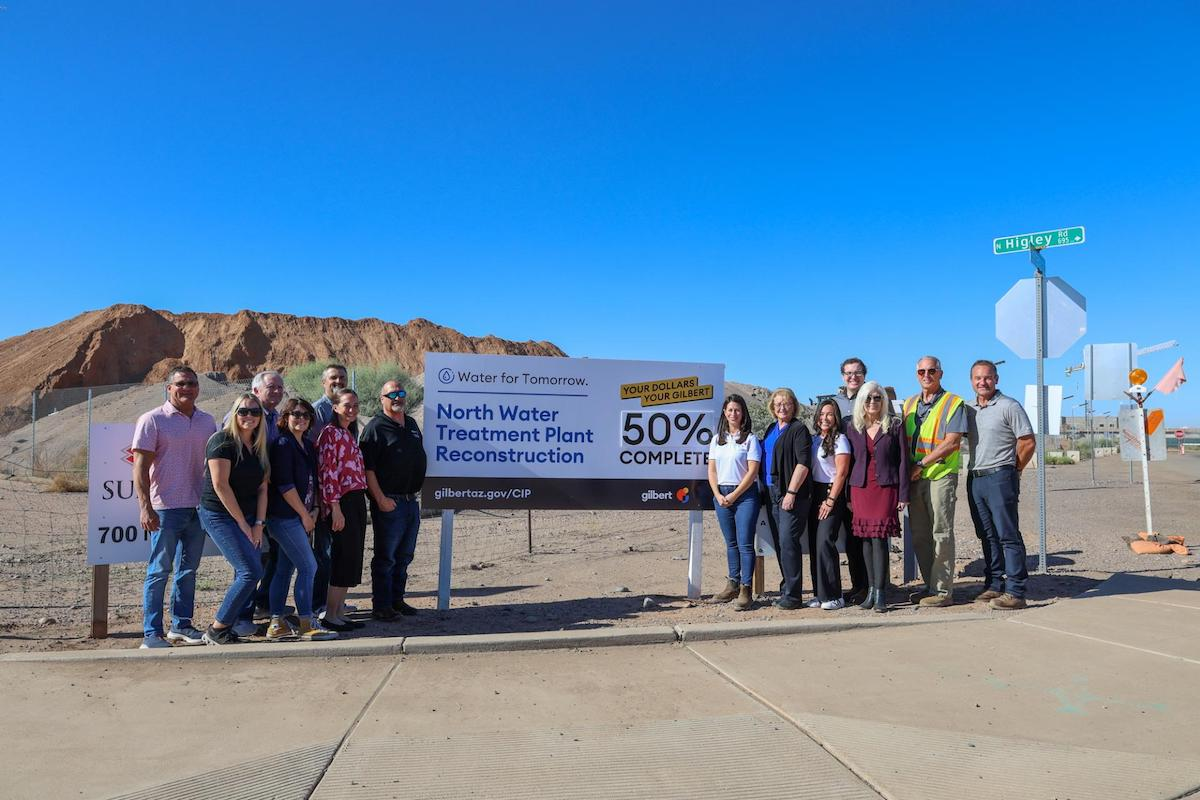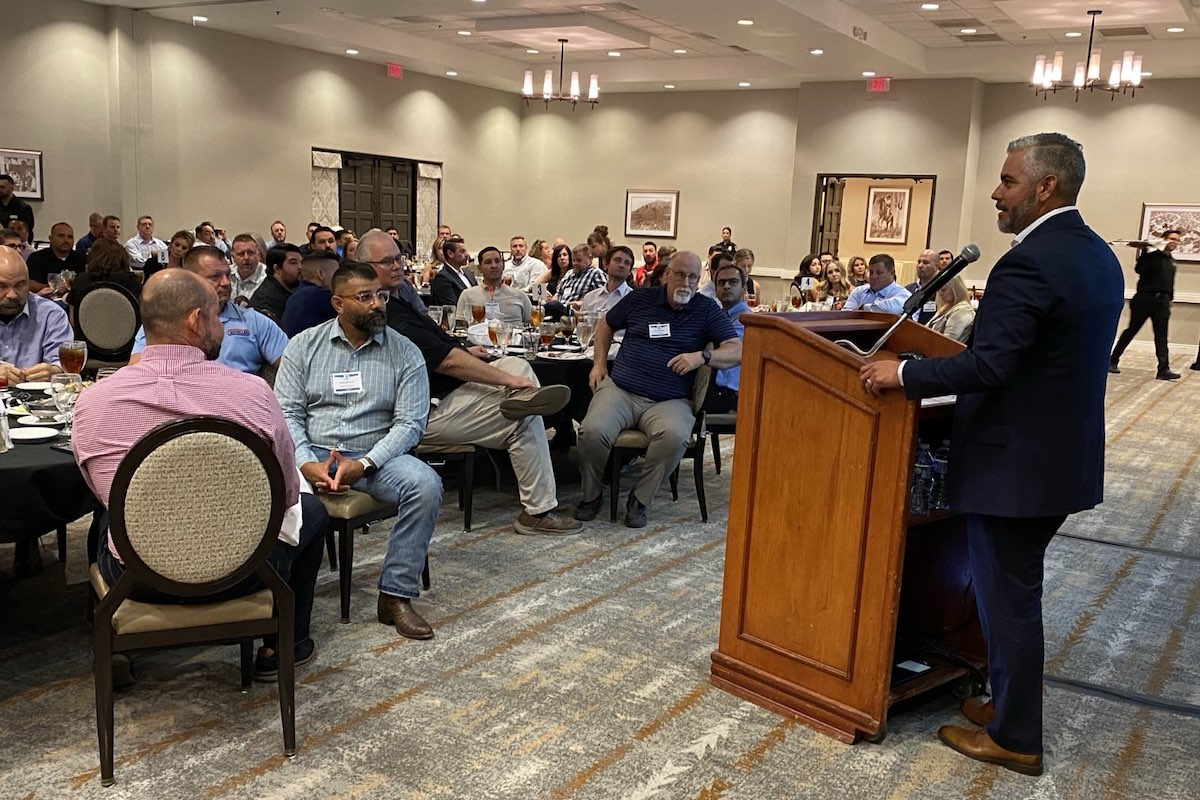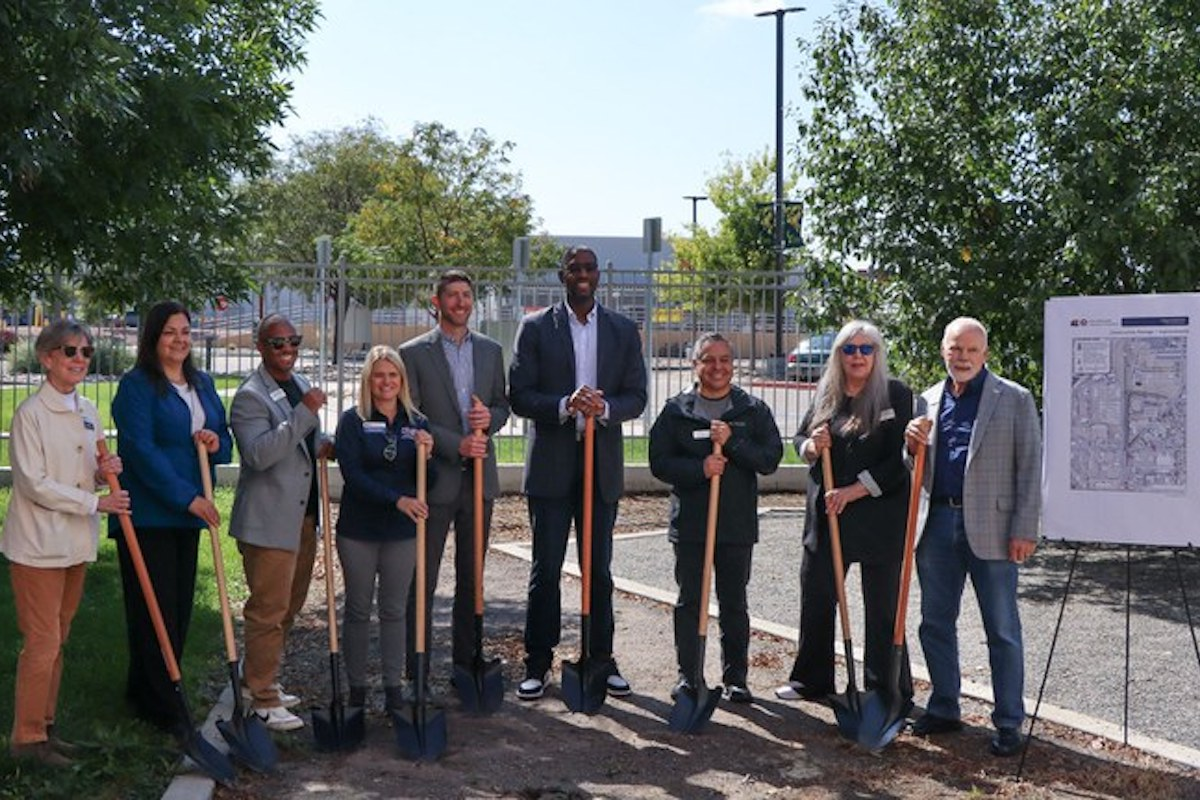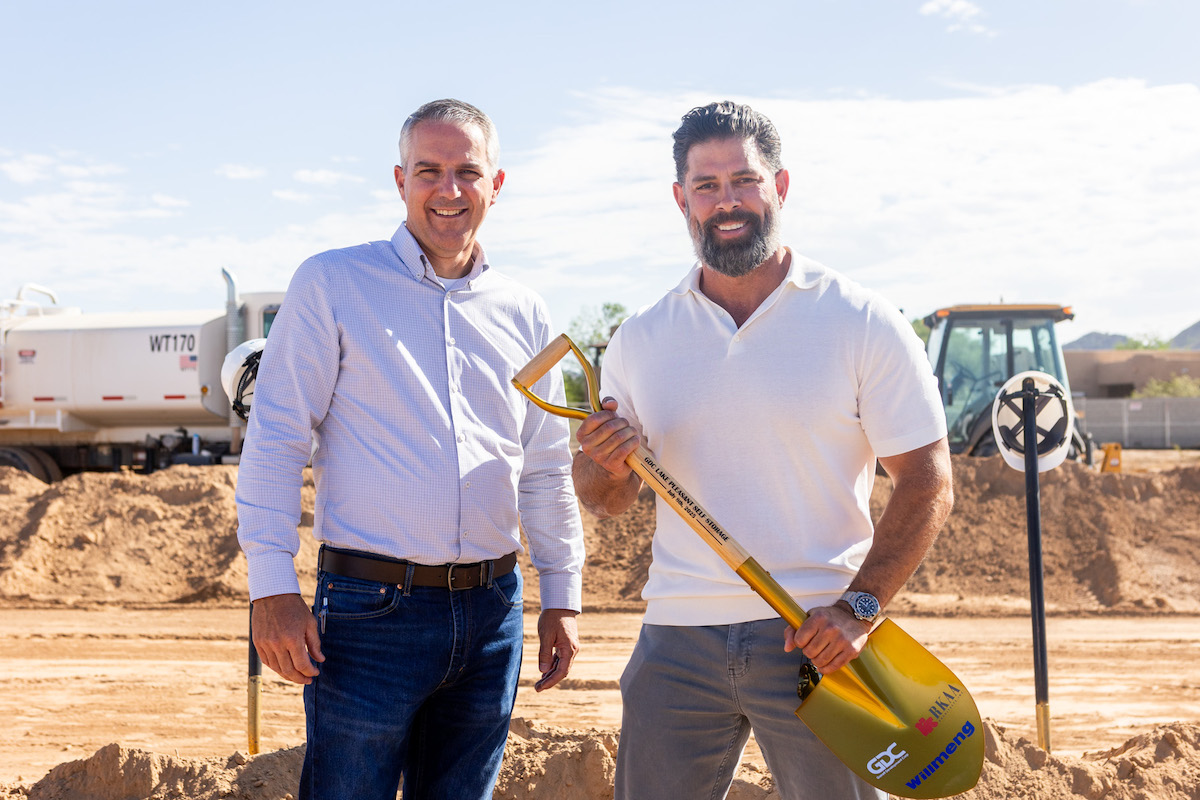The chart above ranks states whose Interstate systems are the most congested, have experienced the greatest increase in vehicle miles of travel (VMT) since 2000, are busiest (based on daily travel per lane mile), have the largest share of pavement in poor condition, and have the greatest share of bridges in poor/structurally deficient condition.
According to the 2019 TRB report, the Interstate system has a persistent and growing backlog of physical and operational deficiencies as a result of age, heavy use, and deferred reinvestment, and is in need of major reconstruction and modernization. The TRB report concludes that annual investment in the Interstate Highway System should be increased approximately two-and-a-half times, from $23 billion in 2018 to $57 billion annually over the next 20 years.
“The report released by TRIP confirms what American businesses experience every day — our Interstate Highway System, which was once the envy of the world, is in serious need of modernization,” said Ed Mortimer, Vice President of Transportation Infrastructure, U.S. Chamber of Commerce. “Commitment to modernization must be shared by federal, state, and local leaders as well as the private sector. The Interstate system plays a key national role in economic success and quality of life for every American, and we urge bipartisan solutions this year to address this critical issue.”
The TRIP report found that from 2000 to 2019, travel on the Interstate system, the importance of which was heightened during the COVID-19 pandemic, has increased by 26 percent — a rate nearly triple that at which new lane capacity was added. As a result, 47 percent of urban Interstate highways are considered congested during peak hours. Due to the COVID-19 pandemic, vehicle travel on U.S. highways dropped by as much as 45 percent in April 2020 (compared to April 2019) but rebounded to six percent below April 2019 levels by April 2021.

| Your local Bobcat dealer |
|---|
| Ditch Witch West |
| Faris Machinery |
| Romco Equipment Co |
The report also found that travel by combination trucks on the Interstate increased at a rate more than double that of overall vehicle travel between 2000 and 2019. Combination truck travel on the Interstate system increased 43 percent from 2000 to 2019, while overall vehicle travel increased 19 percent.
“Our rapidly deteriorating infrastructure is a clear and present danger to our nation’s supply chain. Breakdowns in the Interstate Highway System add an annual $75 billion to the cost of freight transportation, and 67 million tons of excess carbon dioxide emissions are released into the atmosphere every year from trucks stuck in traffic congestion,” said Chris Spear, President and CEO of the American Trucking Associations. “This report quantifies how severe this crisis has become, and it underscores the urgent need for Congress to make real infrastructure investments that are backed by a fair and equitable user-based revenue source.”
The design of the Interstate — which includes a separation from other roads and rail lines, a minimum of four lanes, paved shoulders, and median barriers — makes it more than twice as safe to travel on as all other roadways. The fatality rate per 100 million vehicle miles of travel on the Interstate in 2019 was 0.55, compared to 1.30 on non-Interstate routes. TRIP estimates that additional safety features on the Interstate Highway System saved 6,555 lives in 2019.
“AAA supports increased federal investment for the Interstate Highway System. Significant funding is needed to ensure safe, efficient, and reliable mobility across the United States,” said Jill Ingrassia, AAA Executive Director of Advocacy and Communications. “AAA urges Congress and the administration to come together to get this important work done.”
TRIP’s report finds that while pavement smoothness on most segments of the Interstate system is acceptable, the crumbling foundations of most highway segments need to be reconstructed, and that continued resurfacing — rather than addressing underlying foundational issues — is resulting in diminishing returns and results in shorter periods of pavement smoothness.

| Your local Gomaco dealer |
|---|
| Faris Machinery |
| Tri-State Truck & Equipment Inc |
As the aging system’s foundations continue to deteriorate, most Interstate highways, bridges, and interchanges will need to be rebuilt or replaced, the TRB report finds. According to the TRIP report, pavements on 11 percent of Interstate highways are in poor or mediocre condition. Three percent of Interstate bridges are rated in poor/structurally deficient condition and 57 percent are rated in fair condition.
Restoring and upgrading the Interstate Highway System to meet the nation’s 21st Century transportation needs will require a significant boost in funding, strong federal leadership, and a robust federal-state partnership to reestablish the Interstate Highway System as the nation’s premier transportation network. The current federal surface transportation program, FAST Act, the primary source of Interstate highway funding, expired on September 30, 2020 and was extended by one year by Congress to September 30, 2021. Reauthorization of a new long-term, adequately and reliably funded long-term federal program will be needed to ensure that a strong federal program supports the restoration of the Interstate system.
Based on the findings of the TRB Interstate report, TRIP has provided a set of recommendations for the restoration of the Interstate Highway System, which includes: the foundational reconstruction of Interstate highways, bridges, and interchanges; improvement to roadway safety features; system right-sizing, including upgrading of some roadway corridors to Interstate standards; adding needed additional highway capacity on existing routes; adding additional corridors; and modifying some urban segments to maintain connectivity while remediating economic and social disruption.
“The long-term vision that helped establish the current Interstate Highway System 65 years ago is needed again today,” said Dave Kearby, TRIP’s Executive Director. “A modernized Interstate system will be critical to the nation’s ability to fully recover from the COVID-19 pandemic and will require adequate investment in a federal surface transportation program that provides states and local government the funding and flexibility they will need to restore the nation’s most critical transportation link.”

















